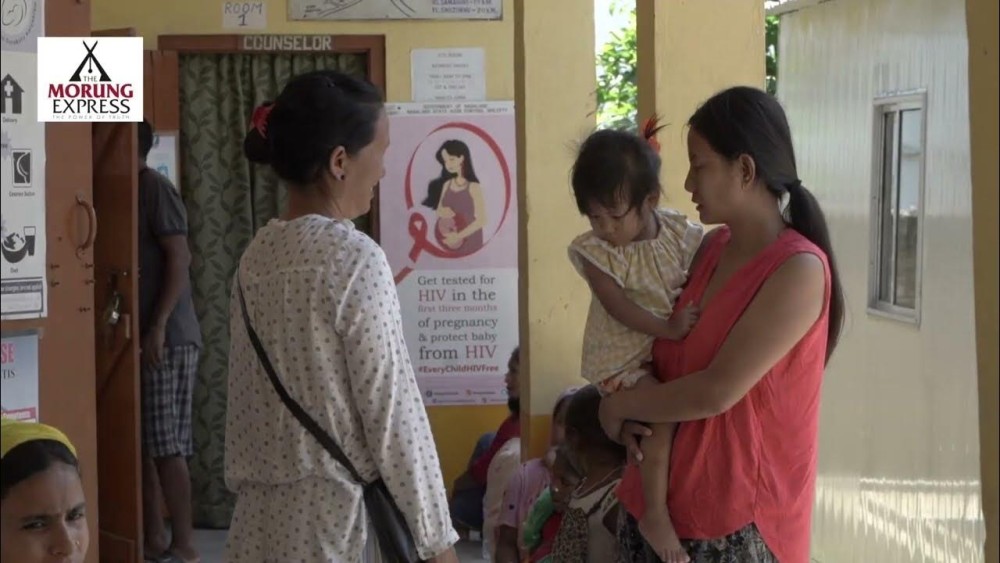File Photo

Morung Express News
Dimapur | June 14
If studies are anything to go by, then maternal health care status in Nagaland is still dismal. With poor antenatal checkups, first trimester pregnancy and high maternal mortality rate, the maternal health care system in the state needs to develop. Crucial to the country’s progress in the achievement of the Millennium Development Goal 5 (MDG5), maternal mortality rate in Nagaland still remains higher than many parts of the country. This, despite the marriage age among Naga women being higher than the legal marriage age in India.
It is estimated that India has the largest number of births per year (27 million) in the world. With its high maternal mortality of about 300–500 per 100,000 births, about 75,000 to 150,000 maternal deaths occur every year in India. According to studies carried out in Nagaland, maternal mortality rate is very high with 8 per 1000 live births (according to BHS 2004) which is almost three times as high as the national level figure which is 3 per 1000 live birth (NFHS 3). Despite the number of schemes provided for maternal health care under the National Rural Health Mission, the figures indicate the government needs to make health care its priority.
In a report presented by Dr. Dietho Koza at the Women, Human Rights and Law convention on Sunday in Dimapur, it was indicated that the performance of Nagaland on most of antenatal care indicators is mixed. The reports said that the percentage of women who received three or more antenatal checkups is poor, only 23.1%; and the percentage that received the antenatal checkup in the first trimester of pregnancy is only 23.8%. The receipt of iron and folic acid tablets or syrup for three months or more, is poor at only 26.7%. The report indicates that Nagaland falls well below the national average. Performance of TT injection is also poor; only 50.9% and much below the national average. In Nagaland, only 8.9% of births received all of the required components of antenatal care which is very poor and well below the national average of 20.0%.
The deliveries taking place in medical institutions is also very poor and suggested only 12.1% which is far below the national average of 33.6%. With Naga customs and traditions still intact, many women still prefer the age-old methods of delivery. The reports consequently said that non-institutional deliveries followed by a post partum check up within 2 months and two days is 4.3% and zero. These indicators also fall below the national average.
In spite of rhetoric from the National Rural Health Mission, changes on the ground to improve maternal healthcare is slow and full of loopholes, participants including non-governmental organizations at the convention pointed out. The need to focus on imparting training to rural midwives was also suggested by some.






